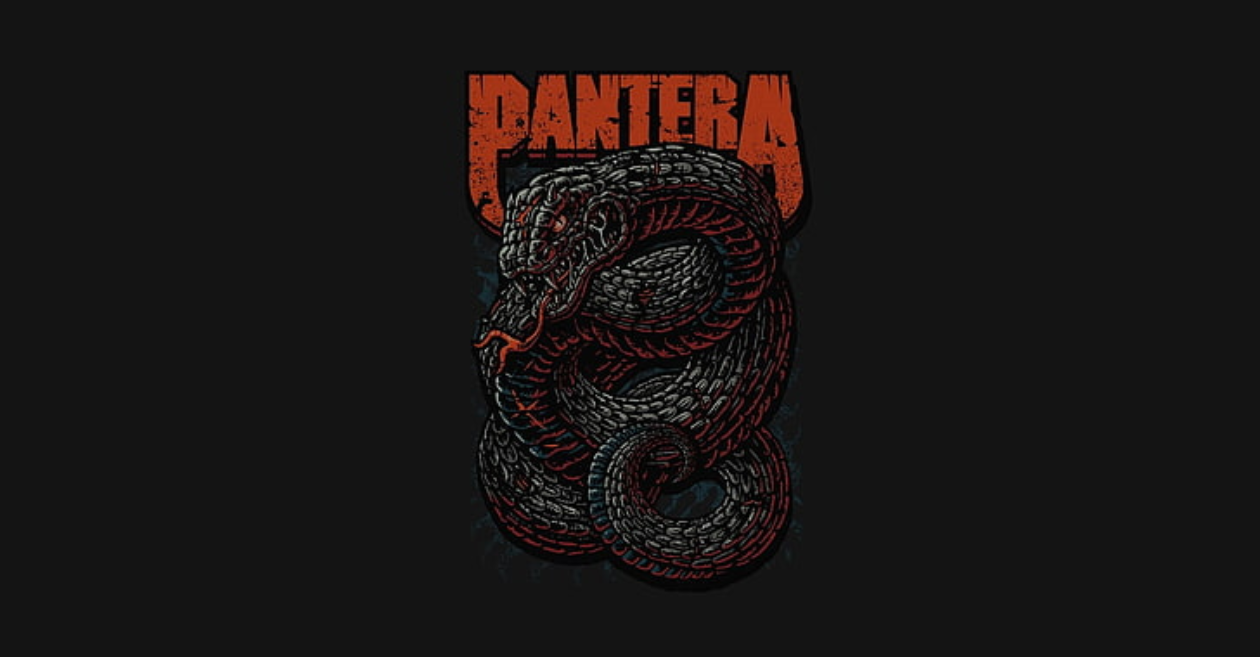


Thrash Metal, a genre known for its rebellious spirit and intense energy, stands out in the vast world of music. The name "Thrash Metal" aptly captures its essence, reflecting the genre's raw and ear-shattering intensity. The term originated from the aggressive, high-speed guitar riffs and frenetic drumming that characterize the style. Emerging in the early 1980s, Thrash Metal bands like Metallica and Slayer pioneered this fast-paced and heavy sound. The name encapsulates the chaotic, thrashing nature of the music itself, embodying the genre's defiance and non-conformist attitude. As we delve into the origins, the mystery behind the name becomes a sonic journey echoing through decades of headbanging and mosh pits.
People Also Read: DAZN, What Is It?
Thrash metal lives up to its name - fast, angry, and loud. Picture rapid, percussive guitar riffs loaded with distortion, intense drums, and screaming guitar solos. It's punk on steroids - louder, heavier, faster. Unique to thrash is the contrast between low-register riffs and high-register solos, featuring legato techniques, sweep picking, and tapping. Discord and chromaticism dominate, with double-bass drum kicks defining the intense drumming. Unlike other metal genres, thrash favors melodic shouting over death growls. Lyrically, it delves into warfare, death, isolation, and political hypocrisy. Songs are marked by tempo changes, often introduced by a lone guitar before the full band kicks in.
Thrash Metal didn't pop up suddenly; it has its roots in the rebellious subculture of the early 1980s. Imagine blending the aggressive sounds of punk with the heaviness of traditional metal – that's how this new genre came to life. Bands like Metallica, Slayer, Megadeth, and Anthrax led the way, creating a sound that completely changed the metal scene.
Thrash Metal wasn't just about playing loud; it was a fusion of aggression and precision. The musicians pushed the boundaries of speed, creating a sonic assault on the ears. The term "thrash" perfectly encapsulates the violent, rapid, and unrelenting nature of the music.
Thrash Metal found its home in the underground scene, driven by a do-it-yourself (DIY) spirit. Bands took charge of recording their music independently, embracing a rebellious attitude that appealed to fans looking for something different from mainstream music. The term "thrash" captured the anti-establishment vibe that characterized this musical movement.
To truly understand why it's called Thrash Metal, we need to dissect its sonic characteristics. Thrash is not just about playing fast; it's about pushing the limits of speed, power, and intensity. The genre is characterized by aggressive guitar riffs, rapid drumming, and vocals that range from gritty shouts to high-pitched screams. The term "thrash" accurately captures the frenetic energy and headbanging fervor that defines this genre.
Metallica, part of the "Big Four" thrash metal bands, played a crucial role in making thrash metal popular. Their album "Kill 'Em All" marked a turning point in metal history. Bands like Slayer ("Show No Mercy"), Megadeth ("Killing Is My Business... and Business Is Good!"), and Anthrax ("Fistful of Metal") also helped shape the genre. Together, these bands and their rebellious music defined what we call "thrash." They brought a new energy to metal, leaving a lasting impact on the music scene.
| Record | Achievement |
| Fastest Guitar Solo | Dave Mustaine (Megadeth) holds the record for the fastest guitar solo in "Poison Was the Cure," reaching a mind-blowing 19.5 notes per second. |
| Most Headbanging in a Song | Slayer's "Angel of Death" holds the record for inducing the most headbanging, creating a sonic whirlwind that captivates listeners. |
| Loudest Thrash Metal Concert | Metallica's performance in Moscow in 1991 holds the record for the loudest thrash metal concert, with an estimated crowd of over one million fans. |
In simple terms, "thrash" in Thrash Metal isn't just a name; it's like a loud declaration of rebellion, a musical revolution that really rocked the old ways of metal. The music is super fast, aggressive, and intense, and the whole "do it yourself" attitude and groundbreaking records make Thrash Metal really unique. So, when you're jamming to the intense sounds of Thrash Metal, just know that the word itself reflects the no-nonsense spirit that gave birth to this awesome genre.
Thrash Metal earned its name due to its aggressive, rapid, and unrelenting sonic assault, capturing the genre's rebellious and intense nature.
Thrash Metal emerged in the early 1980s, fueled by a fusion of punk's aggression and traditional metal's heaviness, giving rise to a new, groundbreaking musical movement.
Thrash Metal thrived in the underground scene with a do-it-yourself ethos, as bands independently recorded and released music, embodying an anti-establishment spirit.
Thrash Metal is characterized by aggressive guitar riffs, rapid drumming, and intense vocals, pushing the limits of speed, power, and headbanging fervor.
Thrash Metal boasts record-breaking moments, such as Dave Mustaine's fastest guitar solo, Slayer's inducing headbanging masterpiece, and Metallica's historic Moscow concert, highlighting the genre's global influence.
Trash to treasure: How Google thinks
Spring Fashion Show at the University
Matter of Impact: April updates from
Android Enterprise security delivers
We are not gonna make spamming
Copyright By@TheWebTrends - 2023
BACK TO TOP